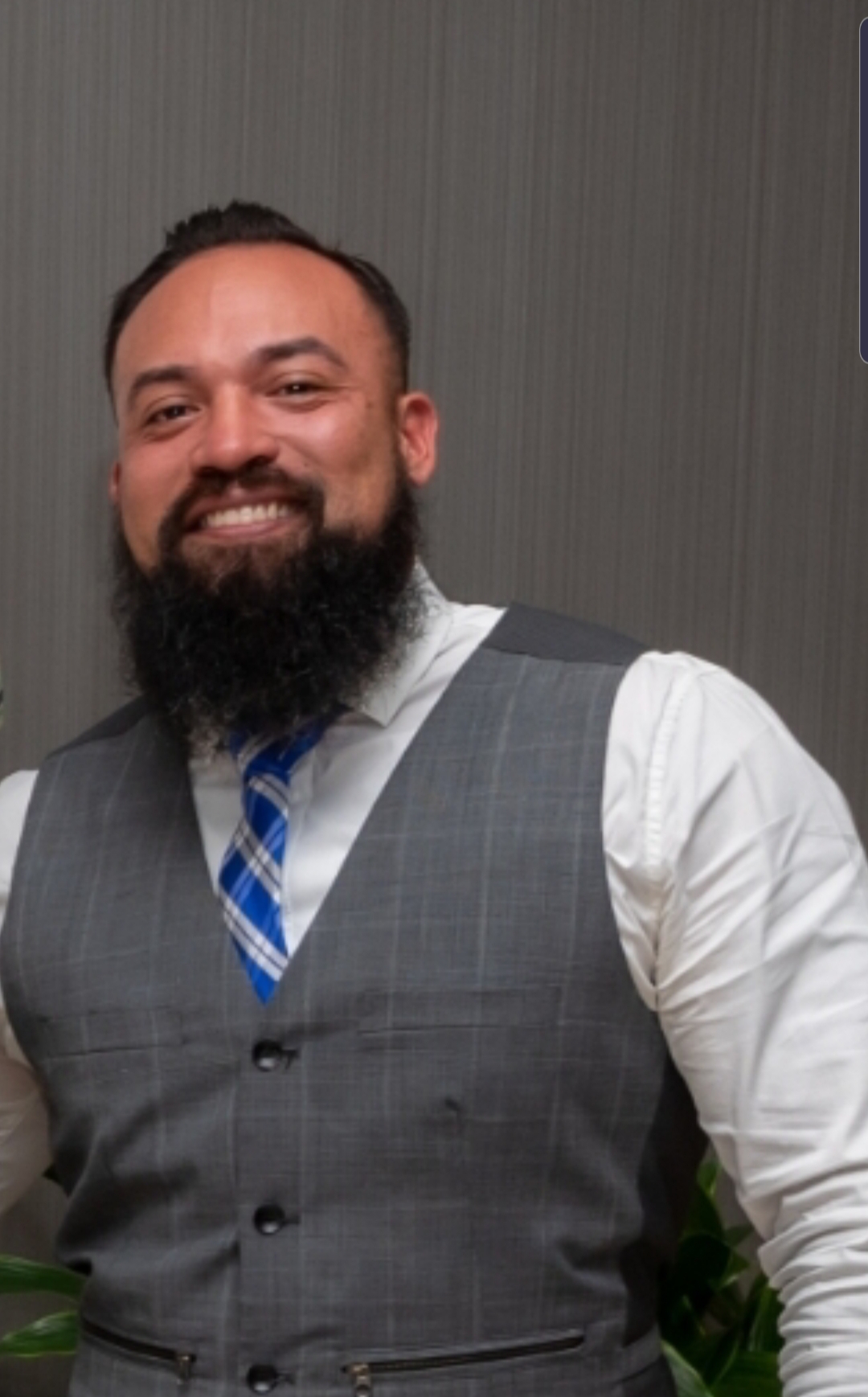Business
The Fixed Mindset vs. The Growth Mindset

Sales is a tricky business to succeed at; anyone in the industry will tell you that the idea behind sales is much more difficult in execution than you might initially think. Being successful can be achieved, but these days there are so many different ways to be successful that it’s challenging to pick one road that works the best. Brandon Harris, the Sales VP at Otter PR, has a wealth of experience in sales and has pinpointed a major limiting factor for many sales groups. He’s seen both sides of this debate’s effects with multiple companies and has since been trying to educate the sales community on this very subject.
The Fixed Mindset versus the Growth Mindset is a rather interesting choice to make as both sides have their pros and cons; however, statistical evidence suggests the idea that one might perhaps more often yield results over the other. Before we discuss that, first, each mindset must be laid out and explained.
THE FIXED MINDSET
The Fixed Mindset is a more precise and secure state of mind and practice in sales. Often, this approach focuses heavily on what works rather than merely improving. It could be argued that it doesn’t tend to heavily involve the more personal influence of sales and the value of individual strengths and weaknesses. Fixed Mindsets tend to look at cold hard facts without considering the margin of error for these facts. More often than not, you’ll see examples of leaders in a Fixed Mindset being heavily focused on having a secondary education but perhaps less work experience.
In addition, the Fixed Mindset tends to have less belief & efficacy of their employees. There needs to be a detailed set of requirements met by each individual for them to be considered qualified, and the Fixed Mindset follows them to a near tee. Perhaps the most distinguishing feature of the Fixed Mindset is a risk-averse approach to sales. There isn’t much venturing outside of the formulaic nature of how it operates and, as a result, tends to yield low-risk based results.
This is not to say there’s no value in the Fixed Mindset; the Fixed approach doesn’t tend to err on the side of risk-taking. Depending on the individual industry, this could be a good thing as risk-reward analysis can be an invaluable tool for a sales group if the market is right for it. However, the fact remains that Fixed Mindset is a far more rigid approach to sales that is more circumstantial in the way of success.
THE GROWTH MINDSET
The Growth Mindset is a more fluid approach to sales. The idea involves more risk-taking, but also more results-based decision-making. The belief that employees’ records show more of their capabilities than what they look like through the traditional ‘on paper’ lens. The Growth Mindset takes the time to teach the employees and future leaders instead of going out of business to seek new members to fill those roles.
It is a mindset heavy in the investment of existing company members rather than investing in new members who might not perform according to specifications. A growth mindset is frequently one that takes a more direct look at employees under the umbrella of the company and invests in those who have yielded the most results or show the most promise and teach them how to fill the roles they’re expected to occupy rather than leaving them at where they are already excelling.
This mindset has a far less rigid approach, focusing heavily on promoting and using resources to invest in their team. This grants employees more efficiency and empowerment to make the right decisions for the company and their department as a whole.
WHY DOES IT MATTER?
Harris believes that these two mindsets, while both yield some semblance of benefits, have a superior mix. He believes that the growth mindset is far more lucrative for the future of sales as it promotes a more genuine approach to sales and goes based on performance rather than what employees look like on paper. The risk-taking involved in Growth Mindset is also something that can be attributed to further success for companies who choose the Growth Mindset and take educated risks.
These decisions ultimately help the health of the company and the sales industry at large as they help set the precedent of the growth mindset as the norm. It creates a more lucrative business in terms of the revenue, and the health of the sales industry is evolving with the changing times. Whether it’s practiced effectively or not across the board, the future of sales is the growth mindset.
As leaders in the sales industry, it is your responsibility to ensure that these are things that are taken account of when in the process of moving forward with large decisions. These individual mindsets must be chosen carefully and with a great deal of thought beforehand, and if it is not done successfully it can be detrimental to the health of the company’s success.
Business
Ethical Affiliate marketing : Defining the Conflict

Affiliate marketing in the online casino industry walks a fine line between commercial interest and editorial integrity. Affiliates earn commissions when players register or deposit through affiliate links, yet these same affiliates often publish reviews claiming to guide users toward the best and safest operators. This dual role creates a potential conflict of interest: can a reviewer remain truly objective while being financially rewarded for player conversions?
This ethical tension is not hypothetical, it defines the entire casino review system. Readers expect independent recommendations, while advertisers aim for visibility and sign-ups. The challenge, therefore, lies in ensuring that commercial necessity never compromises editorial honesty. Without clear ethical structures, the trust between affiliate and reader quickly collapses, breaking the foundation of any long-lasting brand in the iGaming space.
The Ethical Solution: Editorial Firewalls
Responsible affiliates have developed a structural response to this dilemma known as the “editorial firewall.” This principle strictly separates commercial operations (such as partner negotiations and commission management) from editorial teams responsible for content, ratings, and recommendations. By preventing advertisers or commercial staff from influencing content, affiliates safeguard the objectivity of their reviews.
Antti Virtanen, Editor in Chief of Kasinohai, explains this responsibility clearly:
“My primary responsibility is to maintain the editorial firewall. If an advertiser’s payment can influence a casino’s star rating, we have failed our readers, and that short-term gain will instantly destroy the decade of trust we have built.”
The editorial firewall functions much like journalistic separation between newsroom and advertising department. Editors work with established criteria: licensing, game variety, payment methods, and player protection measures. Without any interference from commercial targets. When this discipline is followed, affiliates can confidently assure readers that ratings reflect evidence-based quality, not marketing budgets.
Maintaining such independence often comes with short-term sacrifices: rejecting lucrative offers from less trustworthy operators or declining to modify reviews to appease advertisers. Yet, for ethical affiliates, these sacrifices strengthen the brand’s reputation and guarantee the long-term viability of their business model.
Prioritizing Safety and Trust
True ethical affiliation starts with a single non-negotiable principle: only promote casinos that are safe, licensed, and compliant with responsible gambling regulations. Trust begins at selection. Every casino under review should pass a rigorous safety audit, covering valid gaming licenses, secure payment processing, transparent bonus terms, and the presence of responsible gambling tools such as deposit limits and self-exclusion options.
Antti Virtanen underlines this commitment:
“The ethical commitment begins at the gate: our first and most important filter is licensing and player safety. Any operator that fails our rigorous background checks on responsible gaming tools, fair terms, or payment security will never be promoted, regardless of their commercial offering.”
By excluding unsafe or unlicensed platforms, affiliates act as front-line gatekeepers, shielding players from potential fraud or exploitative practices. Ethical affiliates must also stay proactive, regularly updating their databases and removing any operators that lose licenses, alter fair terms, or develop unresolved consumer complaints. This proactive maintenance shows readers that the site’s focus is not only on visibility but on genuine player well-being.
Ethics in affiliate marketing also extend to how bonuses and offers are presented. Affiliates must reject misleading promotions that hide behind fine print or impose unrealistic wagering requirements. Fair representation of bonus terms not only protects players but also differentiates responsible affiliates from competitors who prioritize click volume over credibility.
Transparent Disclosure
Transparency is a cornerstone of ethical affiliate marketing. Readers deserve to understand how affiliate links work and how they affect the content they see. A clear, accessible disclosure explains that the affiliate may receive compensation when users register or deposit through referral links. However, this relationship should never impact the user’s cost, terms, or overall experience on the casino site.
The purpose of transparency is twofold: it builds trust with readers and aligns with regulatory expectations for advertising disclosures. A good disclosure statement is not hidden in small print; it’s presented as part of the site’s editorial ethic. It assures visitors that commercial partnerships never influence ratings, reviews, or recommendations.
In practice, this can appear as a brief statement at the start or end of a review, linking to a detailed explanation of the site’s business model. Clear communication empowers readers to make informed decisions and it alleviates the underlying skepticism that often surrounds online casino reviews.
Transparency also extends to responsible gambling communication. Affiliates should remind readers that gambling involves risk and provide visible links to national helplines, self-exclusion tools, and player protection resources. When ethical values are embedded not only in compliance checklists but also in editorial tone, the brand earns genuine user respect.
Long-Term Value
The ultimate goal of ethical affiliate marketing is sustainability building a relationship of long-term trust that outlasts the allure of short-term profits. A single misleading recommendation might boost conversions temporarily, but the resulting loss of credibility can permanently damage a brand.
Antti Virtanen captures this philosophy:
“In the end, ethical affiliate marketing is not a high-volume business; it’s a high-trust business. Our long-term success isn’t measured by the conversion rate of a click, but by the number of players who return to us because we saved them from a poor or unsafe experience.”
This perspective reframes success away from mere performance metrics toward qualitative measures: user satisfaction, returning readership, and brand reliability. Ethical affiliates understand that authority and trust cannot be purchased—they are earned through consistent transparency, careful editorial standards, and user-focused decision-making.
Long-term value also aligns with broader industry goals of promoting responsible gambling and sustainable player engagement. Affiliates that champion these principles contribute positively to the reputation of the iGaming industry as a whole.
Ethical affiliate marketing is not a static policy it is an ongoing commitment to transparency, responsibility, and respect for the audience’s trust. Establishing strict editorial firewalls, prioritizing player safety, and maintaining open disclosure practices form the blueprint for sustainable success. In an environment driven by competition and revenue potential, ethics are not a hindrance but the very strategy that distinguishes credible affiliates from the rest.
-

 Tech5 years ago
Tech5 years agoEffuel Reviews (2021) – Effuel ECO OBD2 Saves Fuel, and Reduce Gas Cost? Effuel Customer Reviews
-

 Tech6 years ago
Tech6 years agoBosch Power Tools India Launches ‘Cordless Matlab Bosch’ Campaign to Demonstrate the Power of Cordless
-

 Lifestyle6 years ago
Lifestyle6 years agoCatholic Cases App brings Church’s Moral Teachings to Androids and iPhones
-

 Lifestyle5 years ago
Lifestyle5 years agoEast Side Hype x Billionaire Boys Club. Hottest New Streetwear Releases in Utah.
-

 Tech7 years ago
Tech7 years agoCloud Buyers & Investors to Profit in the Future
-

 Lifestyle5 years ago
Lifestyle5 years agoThe Midas of Cosmetic Dermatology: Dr. Simon Ourian
-

 Health7 years ago
Health7 years agoCBDistillery Review: Is it a scam?
-

 Entertainment6 years ago
Entertainment6 years agoAvengers Endgame now Available on 123Movies for Download & Streaming for Free
